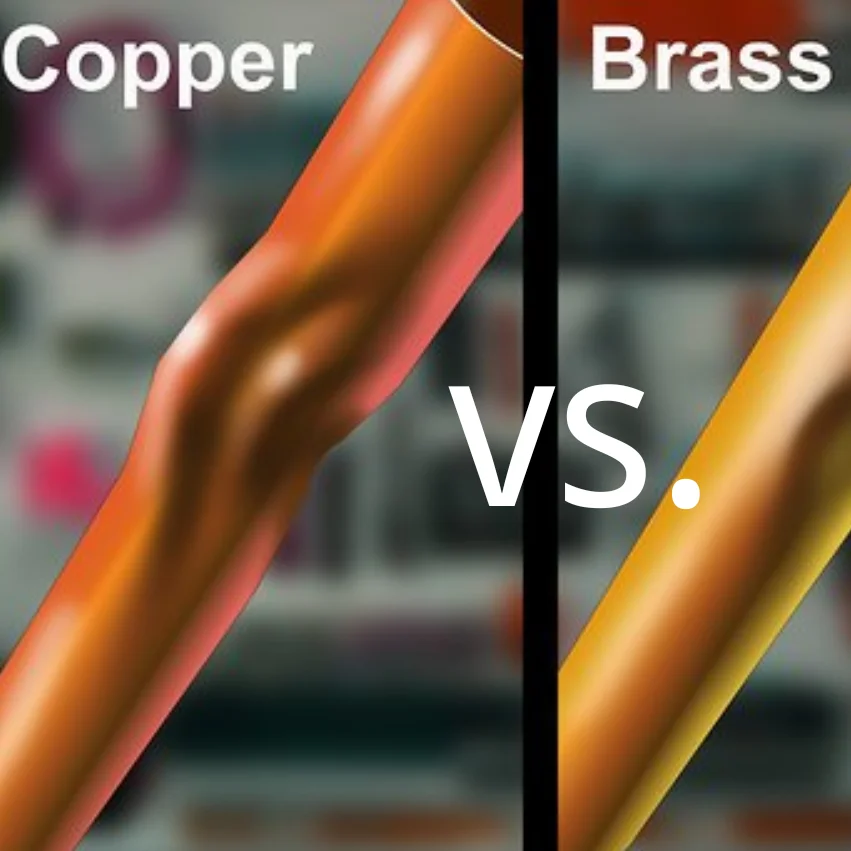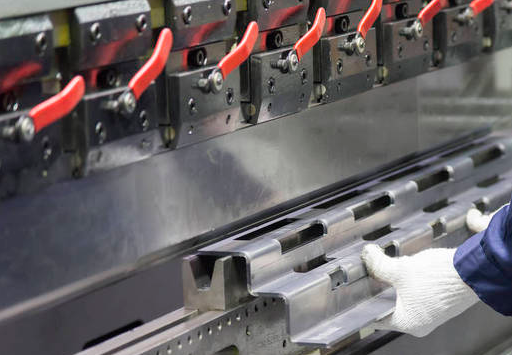
Introduction:
Many of the products we use in our daily lives – from cars to household appliances – have one thing in common: many of their components are manufactured through a stamping process. Although stamping technology is a cornerstone of manufacturing, it is often overlooked by the average consumer. In this article, we explore the world of stamping technology and learn how it shapes the world around us.
Overview of stamping technology:
Stamping, also known as press machining, is a process that uses punches and dies to form sheet metal. It can include a variety of processes such as punching, bending, drawing and forming. This technology is known for its high efficiency, precision and cost-effectiveness, making it the preferred method for manufacturing a wide range of complex parts.
Application fields of stamping:
Stamping plays a central role in industries as diverse as automotive manufacturing, aerospace, electronics and home furnishings. For example, in the automotive industry, body panels, engine parts and interior elements are often manufactured using high-precision stamping processes.
Key elements of technology:
The quality of stamping depends on multiple factors, among which material selection and mold design are crucial. High-quality steels and alloys increase the strength and durability of the final product. At the same time, precision mold design ensures precise size and consistency of parts.
Comparison with other technologies:
Stamping is generally more efficient and less expensive than other metal processing techniques such as casting and forging. This technology is suitable for high-volume production and can quickly produce high-precision and high-quality parts.
Latest developments in technology:
In recent years, automation and robotics have been increasingly used in stamping production. The integration of these technologies not only improves production efficiency but also reduces labor costs. At the same time, advances in materials science continue to drive the development of stamping technology, enabling it to handle a wider variety of materials and improve product performance.
Challenges and future trends:
Although stamping technology is efficient and widely used, it still faces challenges such as labor shifts and environmental impacts caused by automation. In the future, we can expect more stamping solutions that focus on sustainability and the environment.
in conclusion:
Stamping technology is a key component of modern manufacturing and has a profound impact on product quality, cost and production efficiency. Understanding this technology is not only important for those directly involved in manufacturing, but is a valuable exploration for anyone interested in modern manufacturing processes.




